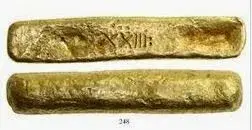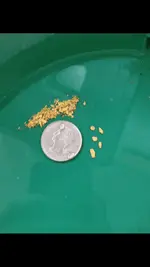So, lots of discussion here over the years debating if Spanish ever found gold in Northern Mexico or Southern New Mexico.
Read a book this week I would recommend to everyone "New Mexico Confidential".
The treasure story ends up being the anti climax. The latter 1/2 of the book is very interesting.
One of the things that pops up (according to this book) is that after the Discovery of the Atocha spanish treasure galleon in 1985 by Mel Fisher, Mel Fishers group contacted "codebreakers" a group studying old egyptian and spanish markings in Grant county New Mexico. This book says he contacted them because of gold bars and coins that were found on the Atocha were thought (does not say how they came to this conclusion, but gold does have a figerprint), to come from South western New Mexico in the area of Grant County.
Now nobody would say that spanish treasure galleons did not exist. Well, they had to get the gold from somewhere.
Another interesting claim in this book is that mines in SW New Mexico (then owned by Spain) had gold deposits that were almost pure gold. Huge gold vugs.
Says they cut the gold off in bars almost pure, no smelting.
So on the Atocha were found crude gold bars that were about 90 percent pure (almost 22 carat). Way above the smelting capabilities in 1622 I think.
So, my brain is kinda sayin well maybe it is possible that there were large hordes of gold in South West New Mexico and the spanish were coming over here and getting it and shipping it back to spain.
Well, it had to be accumulated someplace, waiting for the ships to arrive.
In my mind, this kinda, sorta says that it is possible for large accumulations of gold were occuring in SW New Mexico (then New Spain) and northern Mexico awaiting shipping to Spain.
WR
No, this does not prove anything, but its pretty damn interesting if its all true.
View attachment 1448179View attachment 1448180View attachment 1448181
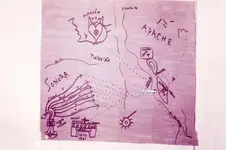






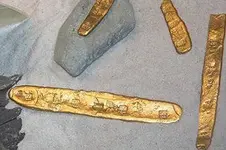
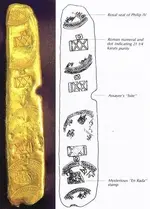
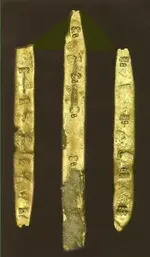
 ??
??